Unless you’ve been living under a rock, you’ll probably be aware that King Charles III is to be officially crowned on May 6th in the rarefied surroundings of Westminster Abbey . London is abuzz with anticipation for the first coronation ceremony in over 70 years after the incredibly long reign of Queen Elizabeth II finally came to an end last year; but with the majority of the world’s population not yet born when she took to the throne way back in 1953, most of us don’t know what to expect of the event. Read on for 7 things you need to know about the Coronation!
The Coronation will take place at Westminster Abbey
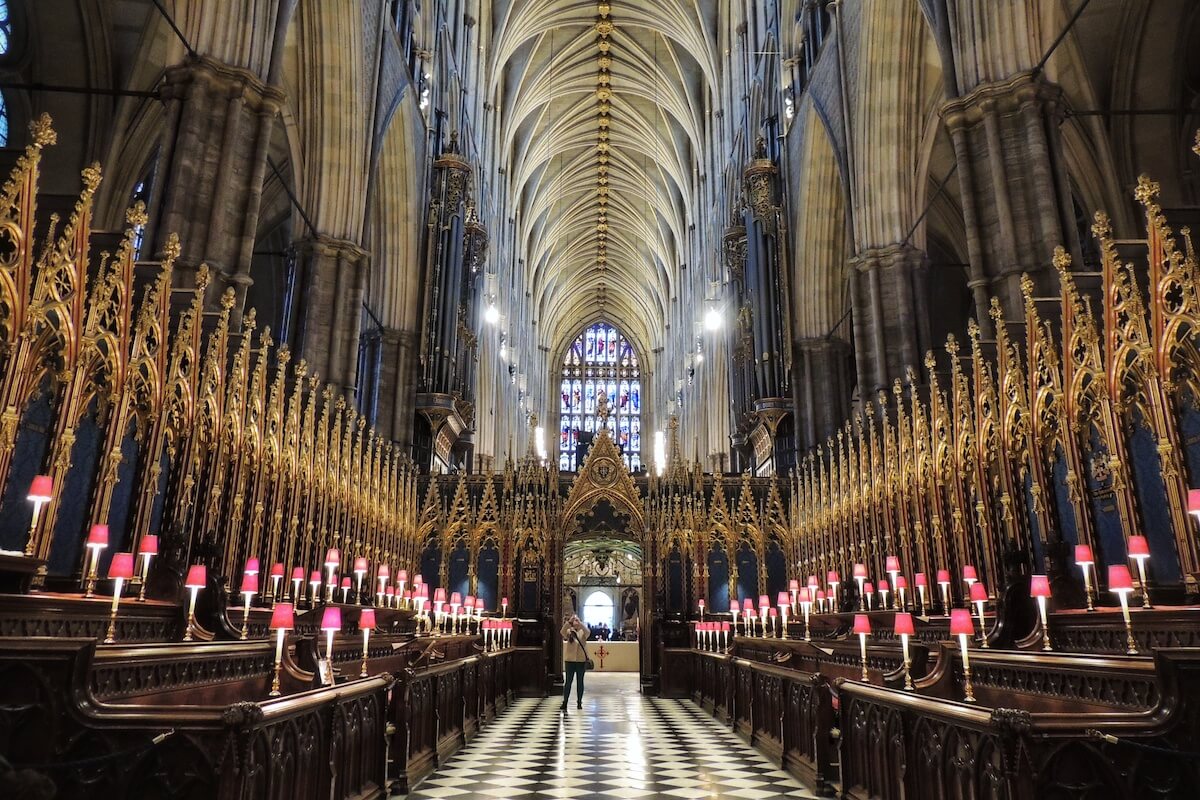
Westminster Abbey is the most important (and arguably the most beautiful) church in England, and has been the site of English coronations for over 900 years. The Abbey is the official royal church for the palace of Westminster, and as such is the spectacular staging ground for all major royal ceremonies, including coronations, weddings and funerals.
The coronation of King Charles III will be the 40th time a sovereign has been crowned in Westminster Abbey - the first was none other than William the Conqueror himself, who was crowned here on Christmas day in the year 1066, shortly after the successful conclusion of his invasion.
When the church was rebuilt in the fashionable Gothic style by King Henry III in 1245, the architects made sure to create a dedicated, highly visible space for coronation ceremonies between the High Altar and the Quire. The first monarch to be crowned in the current church was Edward Ist in 1274.
For a complete guide to Westminster Abbey, read our guide to what you need to see in the incredible church here.
The Coronation ceremony will be presided over by the Archbishop of Canterbury
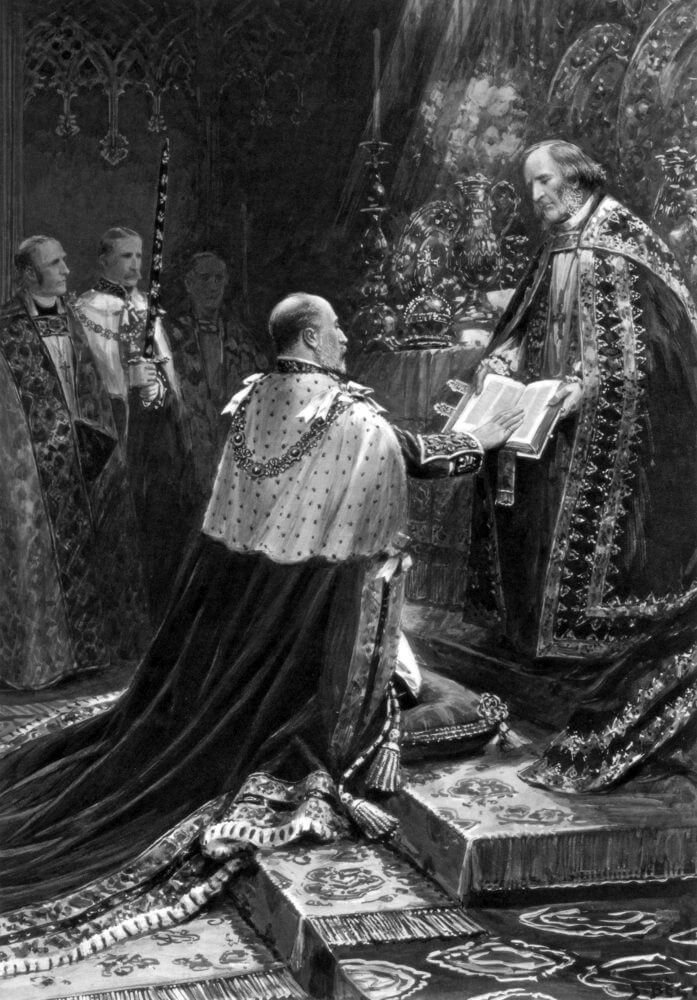
Lest we forget, the British monarch is also the head of the Church of England and protector of the faith, and the coronation ceremony will officially invest this charge on King Charles III. As chief prelate and most senior figure in the English church hierarchy, the coronation is traditionally presided over by the Archbishop of Canterbury, with only a few exceptions over the past 1,000 years. The first Protestant coronation took place in 1547, when the young King Edward VI was crowned by archbishop Thomas Cranmer in 1547.
This year is no exception, and the man doing the honours will be Justin Welby, who has been in the role since 2013. The archbishop will play a central role in the ceremony at Westminster Abbey, following a rite that has remained largely unchanged since the 14th century, as described in the lavish Liber Regalis manuscript: first he presents the sovereign to the people, then invites him to take an oath to uphold the law and the church, subsequently anointing him with holy oil and finally crowning him King.
Charles will don St. Edward’s Crown during the Coronation
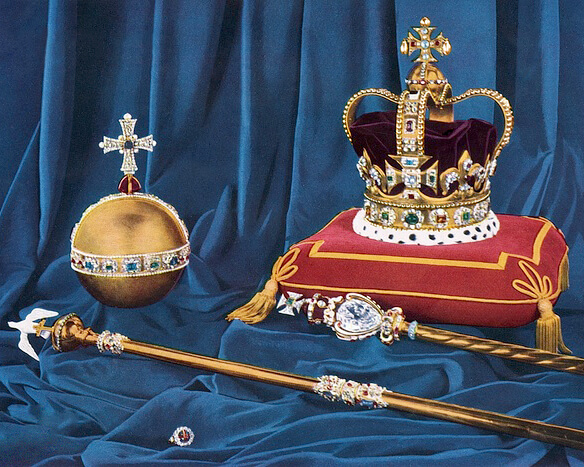
But what crown will be placed upon Charles' head, you may ask? The diadem in question is known as St. Edward’s Crown, wrought by the Royal Goldsmith Robert Vyner in 1661 for the occasion of Charles II’s coronation, and the centrepiece of the British Crown Jewels. The solid-gold framed crown weighs 5 pounds, and is studded with no fewer than 444 precious gems of every kind imaginable: topazes and emeralds, sapphires, rubies, and more.
It also features part of the priceless Cullinan diamond, the largest diamond ever discovered (the sovereign’s sceptre, another part of the Crown Jewels that will be used in the ceremony, contains an even bigger gem cut from the Cullinan diamond). The whole ensemble is circled by an ermine band and topped with a purple velvet cap.
St. Edward’s crown was not used in a coronation ceremony for over 200 years between 1689 and the crowning of George V in 1911, but has become a House of Windsor tradition that will be continued by Charles III.
The Investiture will take place on a 700-year-old chair
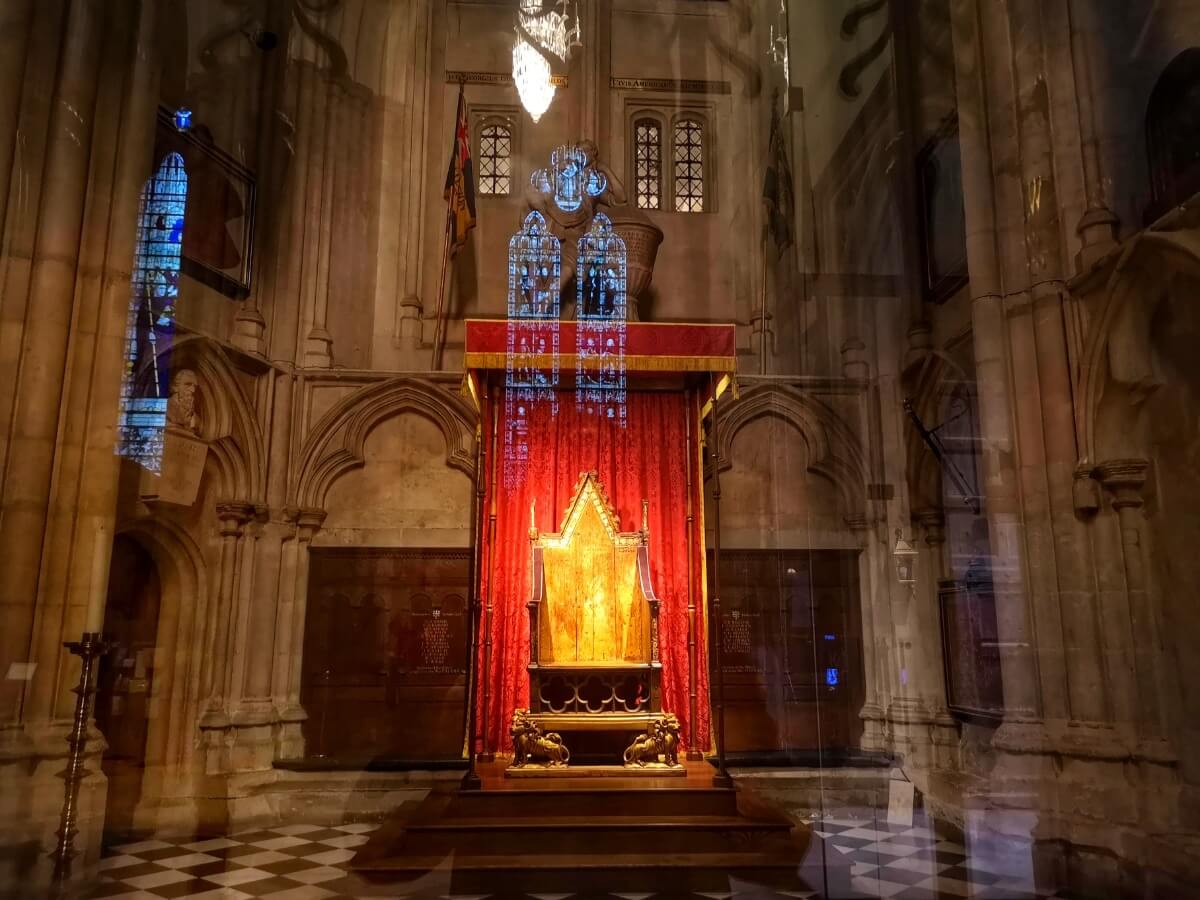
One of the most important objects in Charles III’s coronation ceremony will be the Coronation Chair, a battered high-backed wooden seat carved by master carpenter Walter of Durham in the final years of the 14th century that English monarchs have sat in during their investiture since at least as far back as 1399.
The chair was commissioned by King Edward 1st in 1296 in order to hold the Stone of Scone - the Scottish coronation stone seized by the English king during the invasion of his northern neighbour in that year. The chair has endured a chequered history over the centuries: split in two by a suffragette bomb in 1914 and spirited away to Gloucester Cathedral to protect it from Nazi bombs during the Second World War, it remains to this day a vivid symbol of the English monarchy.
And the Stone of Scone? Scottish patriots spirited it away in a daring raid on Christmas Day in 1950, although it was recovered in time for Elizbeth II’s coronation three years later. The English State finally agreed to return the looted Stone to Scotland in 1996, where it sits in pride of place in Edinburgh Castle. As part of the repatriation agreement, the Stone is to return to London to play its part in future coronations, and arrived at Westminster Abbey on April 29th in time for Charles’ investiture on May 6th.
Charles will be the oldest monarch ever to be crowned at his coronation
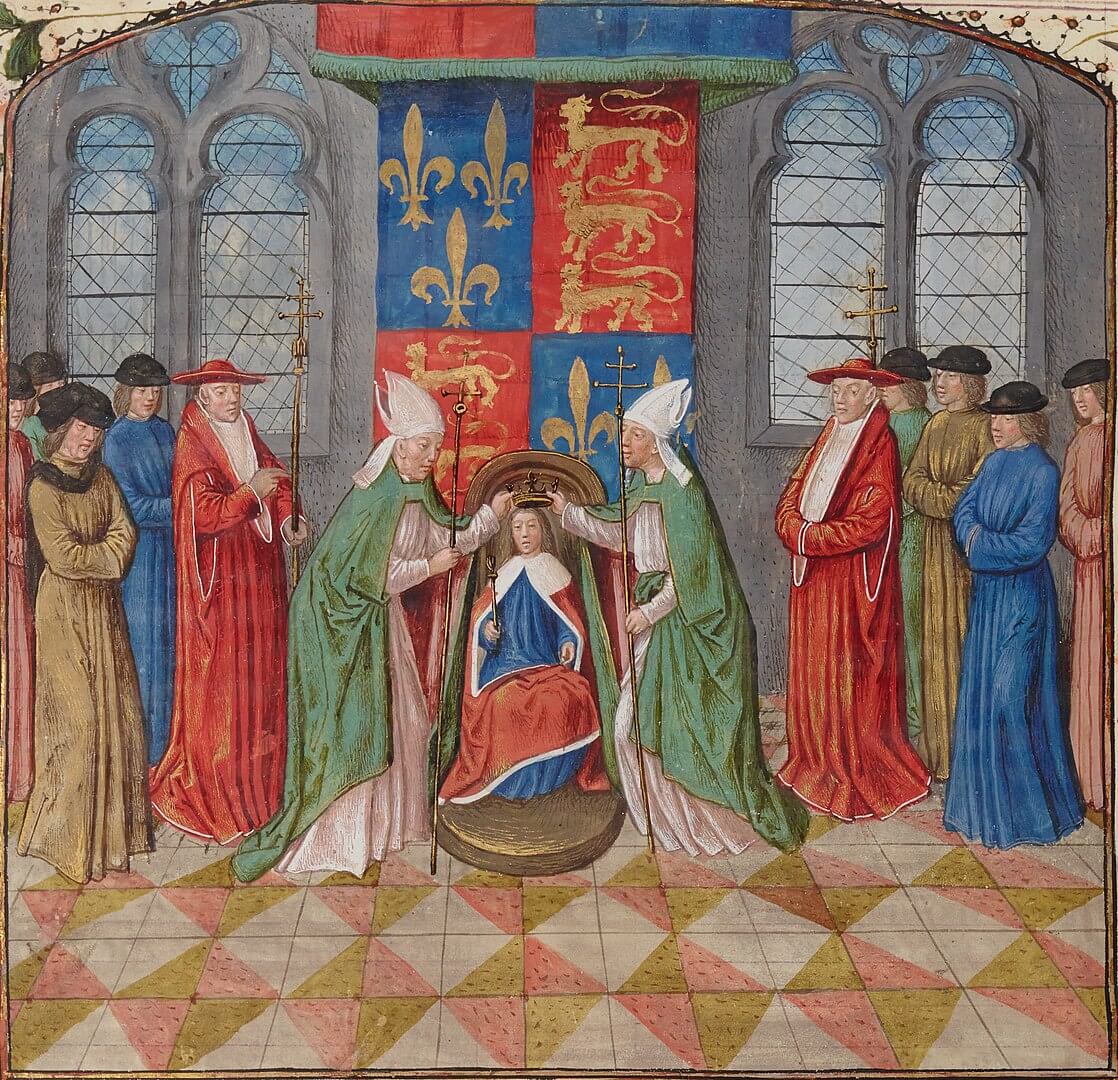
Given the vagaries of royal successions and the political intrigues that have swirled around the monarchy for most of its history, the ages of new sovereigns at their coronation ceremonies have varied wildly over the centuries. At one end of the spectrum we have Henry VI, who was a tender nine years old when he was crowned in 1429 - he actually succeeded his father Henry V on the throne at only 9 months old, but would have to wait a few years before being officially crowned at Westminster Abbey. Henry only fully took over the reigns of government, incidentally, in 1437, when he came of age.
Given the extraordinarily long rule of his mother Queen Elizabeth II, whose astonishing reign of 70 years is easily the longest of any English monarch, it comes as little surprise that Charles III will be the oldest sovereign ever to be crowned during his coronation on May 6th. Charles was 73 when he took the throne, and will be 74 at the coronation. The previous record holder was King William IV, who was a comparatively youthful 64 on his accession in 1830.
The official coronation recipe is a vegetarian quiche
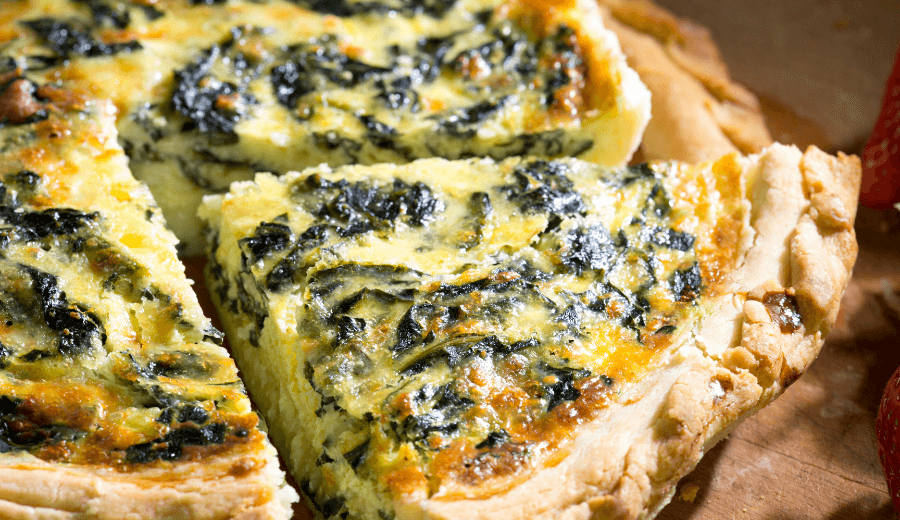
Food has always played an important role in the coronation ceremonies of British monarchs. As a sign of prestige, wealth or even as a symbolic representation of the values of the new monarch, the dishes served at coronation banquets have a fascinating history. Amongst the most lavish was that laid on by George IV in 1821, when the king and his retinue managed to plough their way through an astonishing seven tonnes of meat and over 1,600 chickens for a final bill that ran to the equivalent of over £20 million in today’s money.
The coronation of Queen Elizabeth II on 2 June 1953 was a rather thriftier affair, taking place not long after the end of the second world war, but rationing laws were relaxed for the day to allow the queen’s subjects to whip up some celebratory grub. A special recipe was created for the occasion - coronation chicken, a lightly spiced creamy curried chicken that has become a sandwich-filler favourite. And the official coronation recipe for the crowning of Charles III? A coronation quiche featuring organic eggs, spinach, broad beans and tarragon dreamed up by the Royal Chef Mark Flanagan.
The coronation invitation is a throwback to medieval England
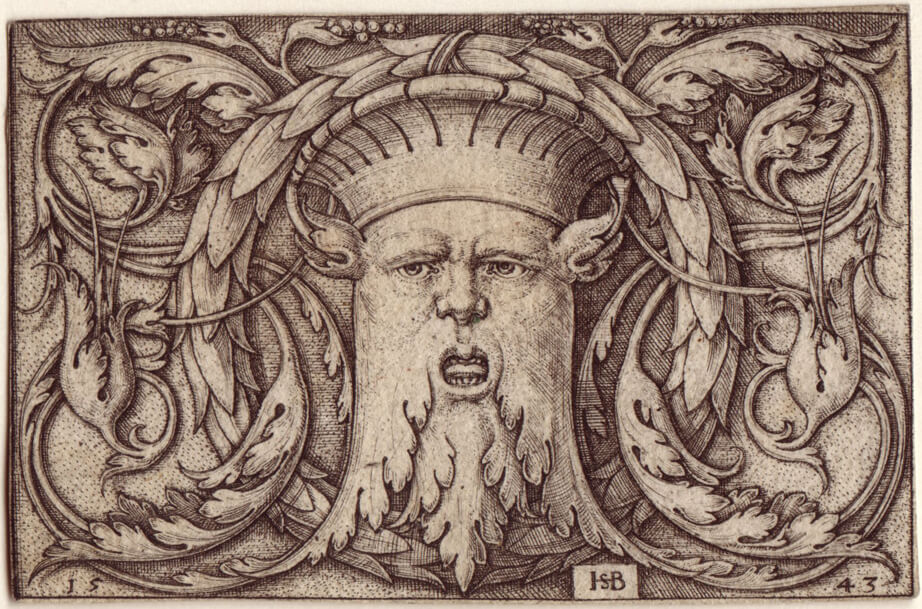
When the invitations went out to 2,000 guests for Charles III’s coronation, the intricate design caused quite a stir: the beautifully whimsical design evoked the intricate pattern books of medieval England, with its spiralling floral motifs, butterflies, birds and various animals (including a unicorn, a boar and a lion, creatures that feature in Charles and Camilla’s crests) cavorting around the couple's coats of arms. And at the bottom, bursting forth from the foliage, is the enigmatic face of the Green Man, an iconic figure from British folklore who symbolises fertility and rebirth - the perfect herald for a Springtime coronation, and perhaps a nod to Charles’ environmental bona fides.
Through Eternity Tours offer a range of expert-led itineraries in London. Explore spectacular Westminster Abbey and discover its secrets on our Best of London tour.



